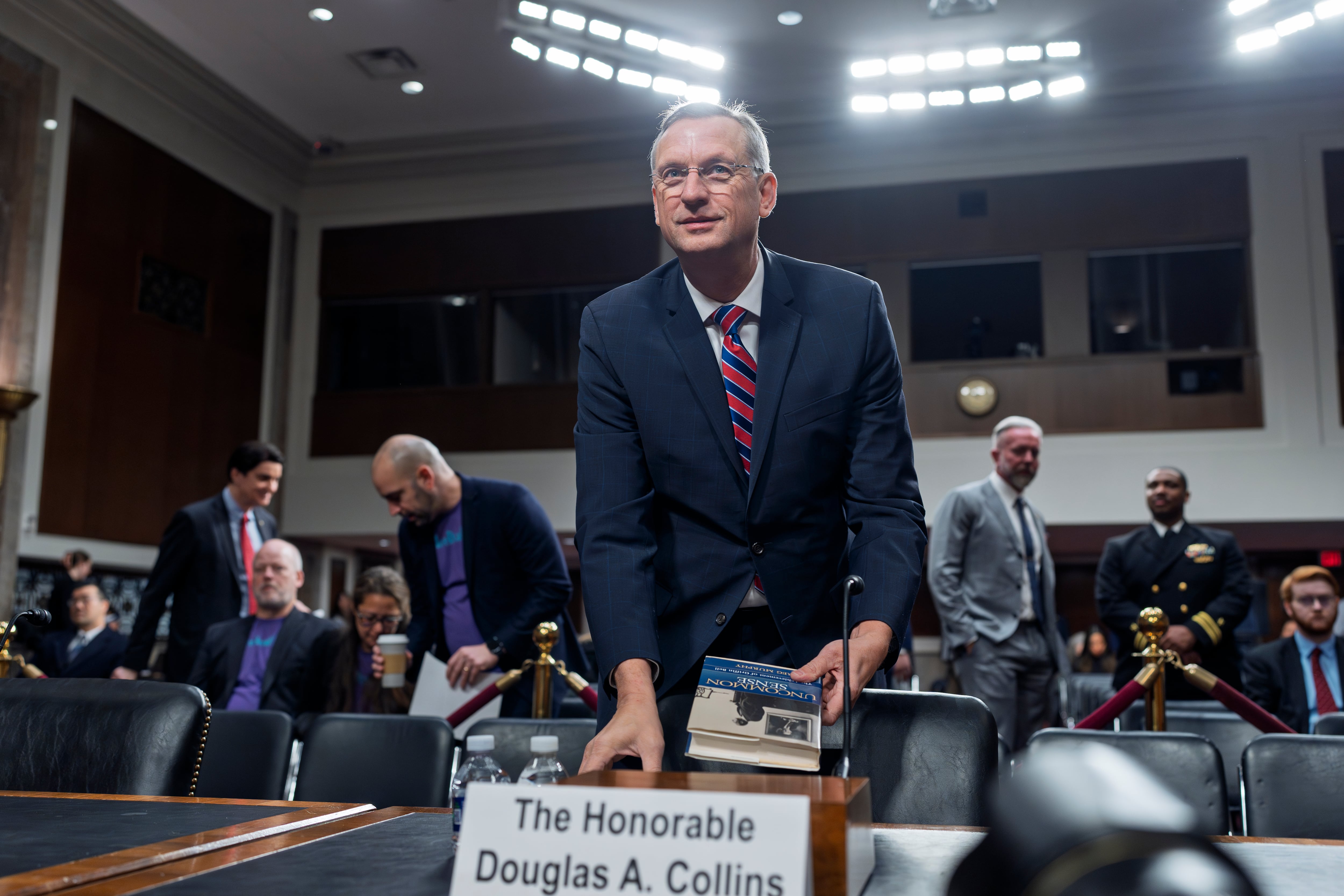The top Pentagon officials pushing for an overhaul of the military personnel system are setting their sights on the "up-or-out" rules that have defined active-duty career tracks for generations.
Brad Carson, the Defense Department's new personnel chief who has vowed to pursue "revolutionary" change in the way the military manages people, said those rules are ill-suited for recruiting and retaining the high-skilled force that future combat operations will require.
Also known as "high-year tenure rules," they require both officers and enlisted troops to leave military service if they fail to get promoted within specified times.
The fresh scrutiny of the up-or-out rules comes as top officials are mounting a push for sweeping change to the military personnel system, part of an effort to better compete with the private sector for highly-skilled workers.
"The best companies in America today … don't take people who are engaged in disciplines where there is a steep learning curve, where every year you are getting better, and when you are in your 40s or your 50s and at the very apex of your career, say, 'I'm sorry, we are forcing you to retire,' " Carson said at a recent event for military personnel professionals outside Washington, D.C.
"If you are an infantryman, that is a hard job and you are probably peaking at your performance in your 20s, or if not your early 30s at the latest," Carson said.
"It's different to be 50 years old in the infantry, as opposed to being a computer network exploitation expert who is getting better every single year — or being someone in the [Judge Advocate General] Corps where you are getting better every single year," Carson said.
"So maybe there is a way we need to think about how to modify the up-or-out promotion system."
Carson's public remarks Tuesday June 9 were among his first since taking over as undersecretary for personnel and readiness in April. He signaled that despite his limited time in office — only 18 months remain until a new White House administration would most likely appoint his successor — Carson is seeking to make big changes to the way the military manages its people.
Troops should not expect to be promoted just because they have clocked time in their current paygrade, Carson said.
"We need to move away from the rigid, time-based management system to one that is more competency-based or talent-based," he said.
The catalyst for such reform is partly the rising demand for cyber warriors and concern that the military is currently ill-equipped to recruit, retain and manage the kind of technologically savvy young people who are both in high demand in the private sector and vital to the military's future missions.
In response to an audience question, Carson was blunt when asked about the Defense Department's current effort to stand up a dedicated cyber force of about 6,000 troops: "I don't think we are meeting our cyber goals in quantity or quality."
Building a cyber force will require a new approach to managing people, and military personnel professionals should not view it as a unique exception, he said.
"People seem to be satisfied that cyber might be a discipline that one can experiment in. … I want to look at it differently," Carson said.
In the future, "the branches are going to be more like cyber than not, the people at the tip of the spear are going to be the kind of high-tech [people and missions], where you get better over time, not deteriorate."
The up-or-out rules for officers are mandated by Congress; the individual military services control most of the rules affecting enlisted promotions.
Some top officials disagree that up-or-out rules should change significantly, highlighting a tension today's military faces in trying to recruit and retain a force that needs both traditional soldiers as well as the next generation of high-tech warriors.
Roy Wallace, an Army assistant deputy chief of staff, said up-or-out rules are important for maintaining a force of young infantrymen.
"There is goodness in the rotation," Wallace said at the same June 9 Tuesday event June 9.
"Inside the United States Army there is something called volume — because it takes a lot of human beings to hold ground, at least today it does," Wallace said.
"My core is a young infantryman out on point somewhere on a [forward operating base] in Afghanistan. He doesn't have a huge technological draw like a cyber guy or anything like that. And you have to be real careful that you don't disenfranchise the centerpiece of your formation that is out there sweating and bleeding on the cutting edge.
"We need cyber guys, too, because we need to know where the bad guys are out there and how to get after them. But I also need that infantryman on the ground. It's a delicate balance as you walk through the personnel minefield that we have today," Wallace said.
Carson said he and his staff are conducting a review and will send recommendations to Defense Secretary Ash Carter in August. He said he's made no hard decisions, but that some of the proposals may require "Ccongressional action or at least Ccongressional acquiescence."
Some experts believe that the long-runterm solution is for Congress to grant the Pentagon more leeway to experiment with individual career fields.
"The general theme should be to just give DoD more flexibly in how they can manage and structure their workforce," said Todd Harrison, a defense expert with the Center for Strategic and Budgetary Assessments.
"In some cases, in some career fields, the 'up-or-out' may be perfectly fine and appropriate and you'd want to be able to keep using something like that. But in other areas, it's just not working, so you want to give DoD the flexibility to do something different," Harrison said in an interview.
"There will be some learning as we go. You'll see what works and adjust."
Andrew Tilghman is the executive editor for Military Times. He is a former Military Times Pentagon reporter and served as a Middle East correspondent for the Stars and Stripes. Before covering the military, he worked as a reporter for the Houston Chronicle in Texas, the Albany Times Union in New York and The Associated Press in Milwaukee.





